Music remains an effective tool for retaining the attention of the audience on a visual project hence, the audience tends to share, engage, click that button, spend time on a media with a sound that resonates with them. Selecting the sound recording should not be a problem but having the liberty to use it comes with a lot of blockers. A popular saying goes thus “ The Best Songs are irreplaceable” this may or may not be true but Is Music Supervision just about selecting the best song available for a particular scene? Yes it is but that is just 15% of the activity.
While a song on the face of it may have just one owner (Artiste) there are actually a good number of rightholders who make the song Unique and readily available for you to listen to it and want it synced to pictures. The right holders are usually divided into two namely the Label/Performers for the master recording and Composers of the musical composition. Hence, a song clearance involves business with at least one entity on the Master Recording and Publishing end. The picture below shows the number of right holders in a typical song with about six entities for just one song and the actual reality that about 10-20 songs you can be used in a visual project for example a Movie.

What’s the way forward? We mentioned there are two rights to be cleared, the first right can be cleared through the Record Label while the second rights can be cleared through the Publisher. Easy, yeah? There’s another blocker.
What follows next is flexing your negotiation muscle and leveraging on your Best Alternative to a Negotiated Agreement (BATNA). At this point the existing valuation of the exact song will play an important factor as there’s no fixed amount for the licensing of any record. Hence, you have to shoot with an offer for the record label to accept and the publisher as well. Well, you may be lucky to have one entertainment company with both rights or sync agents who pre-clears both songs and makes them readily available for a potential licensee to obtain a license.
Now that you have the Music readily available for use, what’s next? Having a musical ear as a music supervisor or director can be good and may be challenging as you will definitely want a Re-recording of the song if it’s not in alignment with the sync point.
For example, Some of the music instruments used for the highlife genre of music in the 60s would definitely not be tuned with the modern standard which makes the sound recording sounds off-key. In this case there may be a need for a re-recording. On camera performances/songs may also constitute a problem if the right musical notes are not properly enunciated by the Actor/Actress which at this point the music supervisor would have a duty to ensure it is in tune in line with the Director’s vision of an excellent rendition.
After post production, what goes next is a cue sheet. This sheet is usually created by the Music Supervisor or anyone in the Music Department giving proper account of all the music used in the visual project. A copy of this sheet ought to be sent to the composers and performers for registration with the affiliated Performing Rights Organisation for sound recording and compositions respectively. Not submitting this may actually amount to illegal usage as performance royalties will not be remitted to these rights holders.
Lastly, as a Filmmaker or Visual Director generating further revenue from the release of the soundtrack or score is a plus. Well, the master use license covers this except otherwise stated however, working with an aggregator or distribution company makes it easy to have the music on all digital service providers where users can stream and the Production House receives royalties on the masters for at least fifty years from the day of recording. These are interesting soundtracks compilation albums created for some Nollywood projects.



